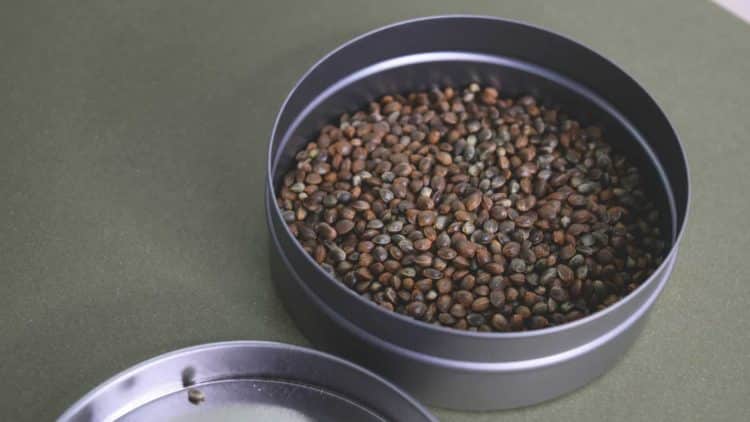It’s no secret that cannabis extracts are increasing in popularity, but most people don’t know that cannabis extraction technology is being applied to more than just the typical cannabinoids, like CBD and THC.
Clever entrepreneurs and scientists alike have found more uses for cannabis extraction that both help enhance existing cannabis products and create new ones. Hemp seed oils have a range of uses and benefits. As knowledge and awareness of terpenes grows, so does the need to extract and use them. Then, there’s the use of extraction technology to remove impurities from cannabis, making a cleaner and safer product.
Seed Oils
Most cannabis extraction is done using the leaves and flower of the plant. However, the cannabis seeds aren’t without their uses, and they can produce some entirely unique products that are more than worthy of consideration.
Hemp seed oils contain relatively low levels of cannabinoids, but they have a range of reported medical benefits as well as nutritional ones.
Hemp seed oil, used topically, has a range of health benefits for improving your skin. It’s been studied and found to treat a number of common skin conditions, including acne, psoriasis, and eczema. [1] [2]
Hemp seed oils are rich in both omega-3 and omega-6 fatty acids, making them great from a nutritional standpoint. There is evidence that they promote heart health and lower cholesterol. It’s also been reported that they help to ensure a healthy pregnancy. [1] [2]
You can find these oils in a range of products, from cosmetics to food. You can, of course, also find the oils themselves and use them in your own homemade products.
Heavy Metals
Heavy metal contamination is a major problem in the cannabis industry. The cannabis plant naturally absorbs more heavy metals than most other plants, meaning that even plants grown under seemingly ideal organic conditions can contain high levels of these potentially toxic metals. [4]
While not all extraction techniques eliminate heavy metals from cannabis, it is possible to employ techniques to pull out the desired cannabinoids and terpenes while leaving behind heavy metal contaminants. Of course, this means much more work for producers than simply growing and curing cannabis flower, but the result is potentially a purer more contaminant-free product. [3]
Terpenes
Awareness around terpenes and the important role they play in the cannabis ecosystem is growing. Consumers are beginning to look at terpene profiles to determine how a specific cultivar will taste, smell, and the experience it will provide. Meanwhile, scientists are studying terpenes for their effects, both independently and as part of the entourage effect. [5]
Cannabis extracts have traditionally been isolates, meaning they only contain the isolated cannabinoid(s) that are being featured in the product. Now, with increased awareness of the roll terpenes play, consumers are looking for more complete full-spectrum cannabis products. [5]
Manufacturers are now specifically extracting certain terpene profiles to match the cultivars that they are using to extract THC and CBD. The result is a more well-rounded product that provides an experience more closely resembling the cultivar’s natural flower. [5]
Resources:
1- Brennan D. Health benefits of hemp seed oil. WebMD. 2020. https://www.webmd.com/diet/health-benefits-hemp-seed-oil
2- Frothingham S, Carter A. What are the benefits of hemp oil?. Healthline. 2019. https://www.healthline.com/health/hemp-oil-benefits#pms-and-menopause
3- Thomas R. Regulating heavy metal contaminants in cannabis: what can be learned from the pharmaceutical industry?. Analytical Cannabis. 2020. https://www.analyticalcannabis.com/articles/regulating-heavy-metal-contaminants-in-cannabis-what-can-be-learned-from-the-pharmaceutical-312468
4- Seltenrich N. Cannabis contaminants: regulating solvents, microbes, and metals in legal weed. Environmental Health Perspectives. 2019;127(8): https://doi.org/10.1289/EHP5785
5- Fletcher K. Mastering terpene extraction, what to do and why. Cannabis Tech. 2020. https://www.cannabistech.com/articles/how-to-extract-terpenes











